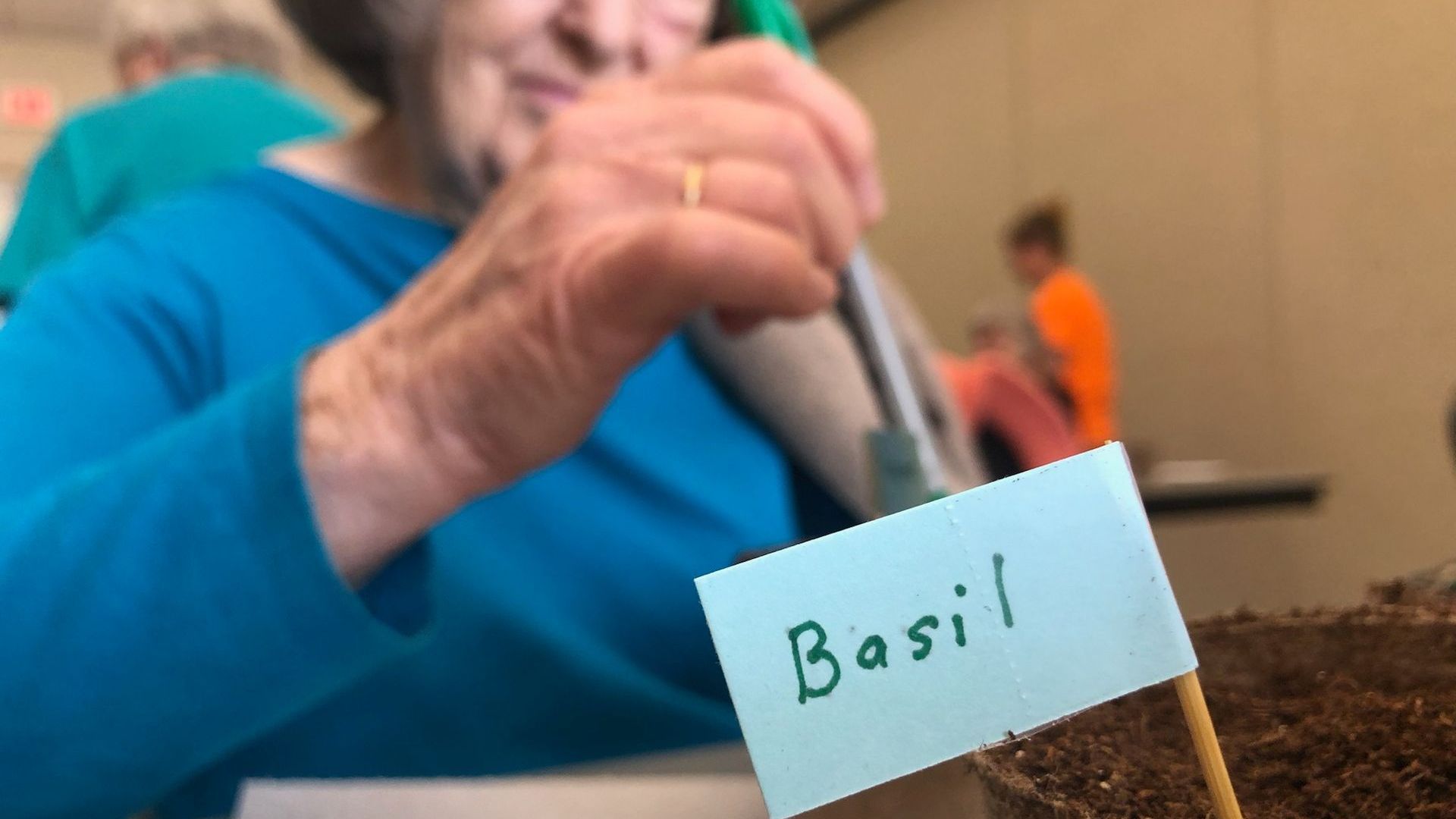
Programs
Growing Well, Living Well, Aging Well
According to the World Health Organization (WHO), the amount of people aged 60 and up worldwide has tripled over the last 50 years, and will more than triple again in the next 50 years. With an aging population, it is important that we recognize this and respond by offering opportunities for, not just the 60 and up population, but for everyone to stay healthy and active. Generations is a great example of this. Generations is a place for people of all ages to engage in activities that promote physical, social, and emotional wellbeing. We will take a closer look at the benefits of physical, social, and mental activities.
The benefits associated with these types of activities are abundant. The World Health Organization has identified regular physical activity as the most effective way to sustain quality of life as we age. Furthermore, The American College of Sports Medicine, along with the American Heart Association, have concluded that participation in regular physical activity helps reduce the risk of cardiovascular disease, stroke, hypertension, type 2 diabetes, osteoporosis, obesity, and cancers. As you can see, the physiological benefits of physical activity are seemingly endless, but there are also many psychological benefits, such as promoting feelings of well-being, the contribution of treating mental illnesses, and the postponement of age-related central nervous system and gross motor declines. Lastly, but possibly most important of all, regular physical activity encourages socialization. We know that socialization has as much impact on longevity as does physical exercise. Physical activity programs in group settings promote social and intercultural interactions, widen social networks, and enhance intergenerational activities.
Make it a priority to engage in physical, mental, and social activities, so that you may live a long, happy, and healthy life. We encourage you to join the Generations’ community as we work towards aging successfully!
Chodzko-Zajko W, Schwingel A, Hee C. Successful Aging: The Role of Physical Activity. American Journal of Lifestyle Medicine. 2009;3(1):20-28. doi:10.1177/1559827608325456
Rowe J. W., Kahn R. L. (1987). Human aging: Usual and successful. Science, 237, 143–149. 10.1126/science.3299702
World Health Organization (WHO). The Heidelberg Guidelines for Promoting Physical Activity Among Older Persons. Geneva, Switzerland: WHO; 1996
World Health Organization (WHO). World Health Statistics 2008. Geneva, Switzerland: WHO; 2008New ParagraphNew Paragraph
